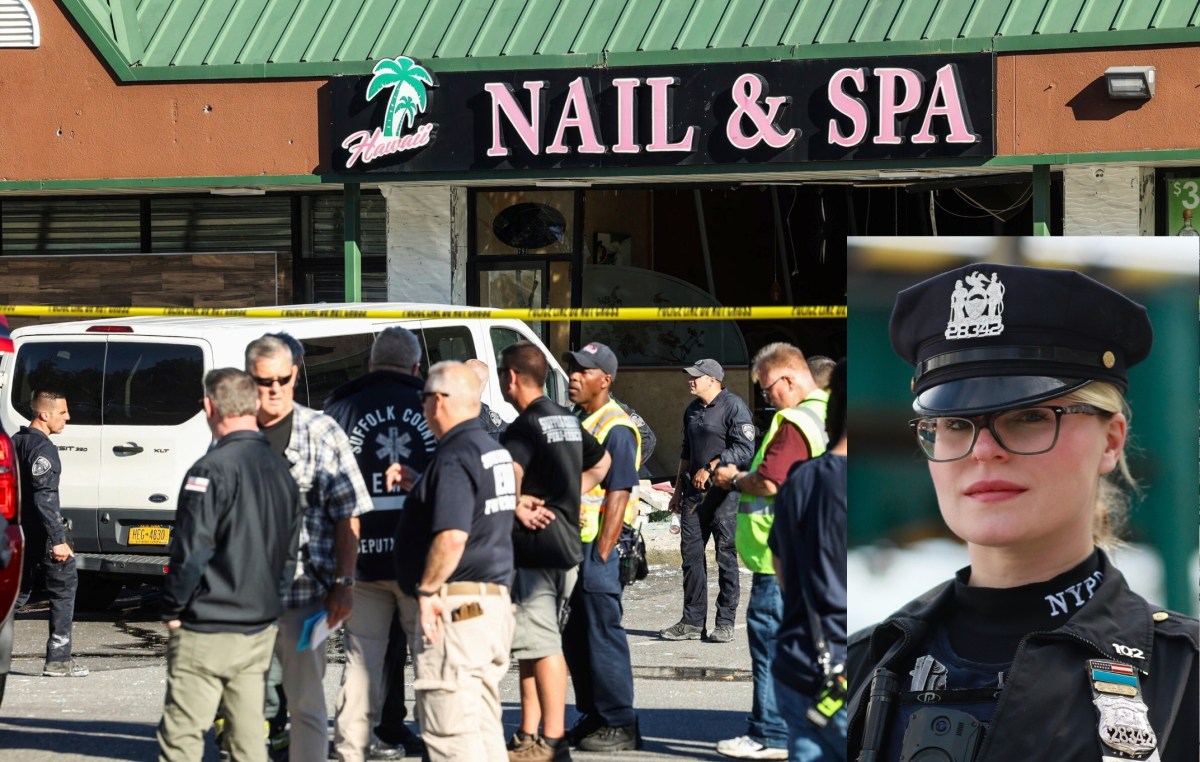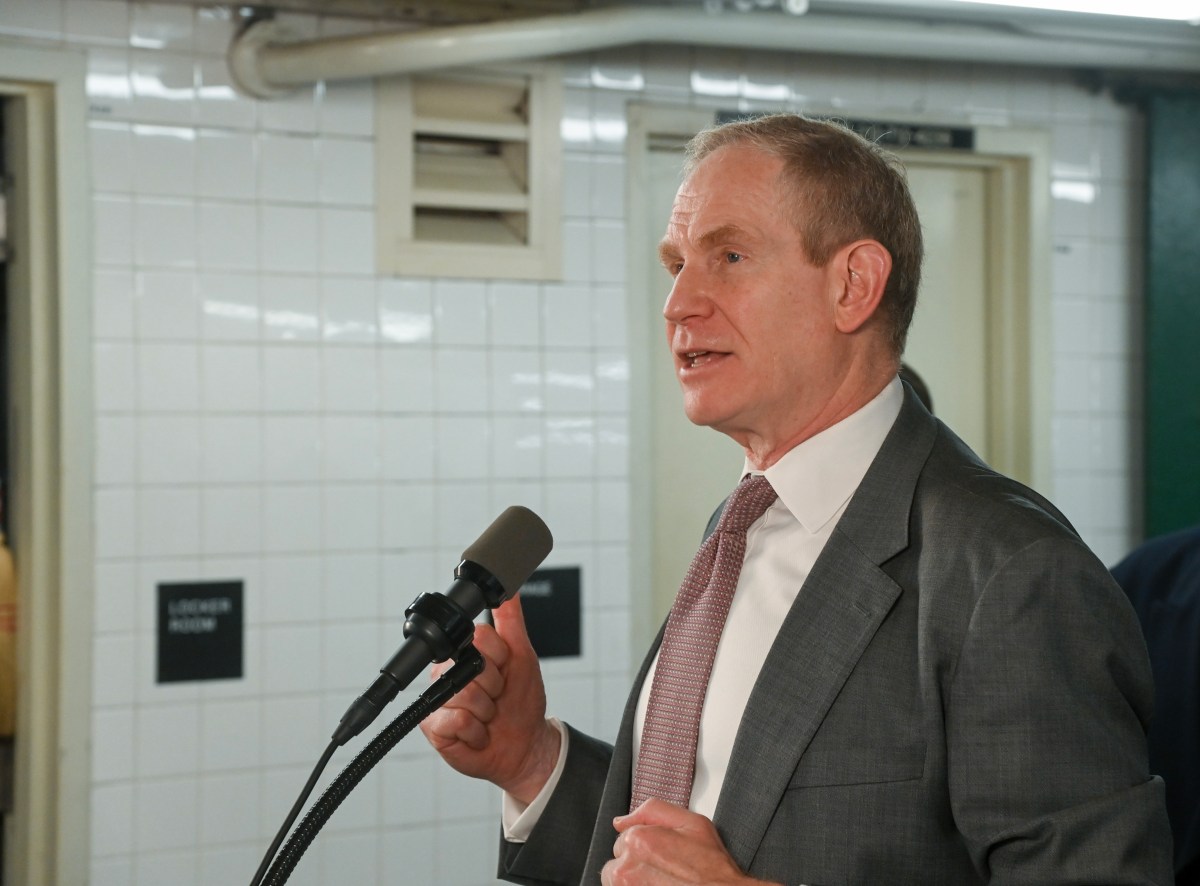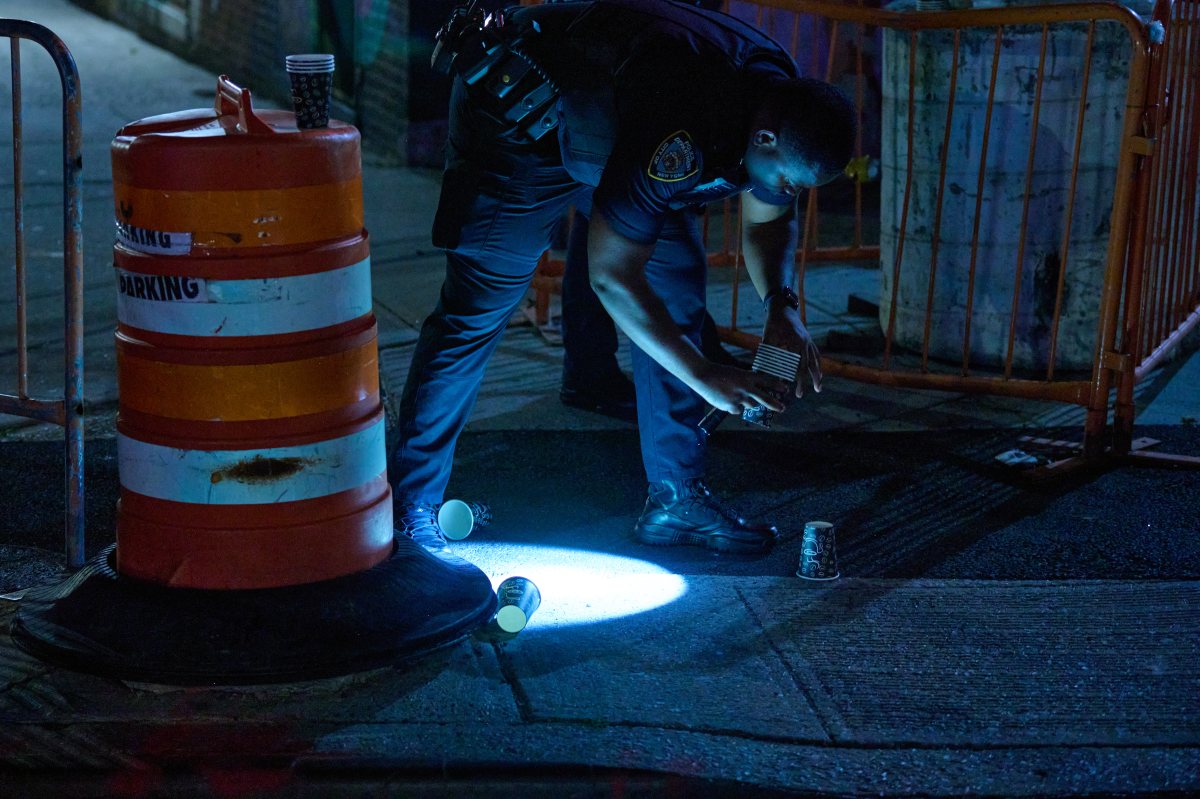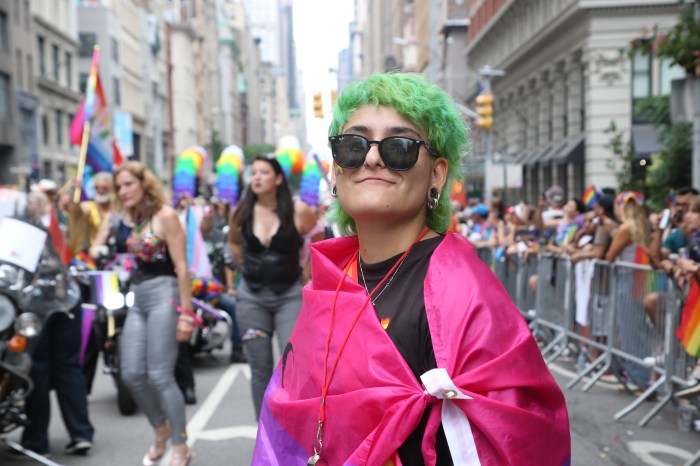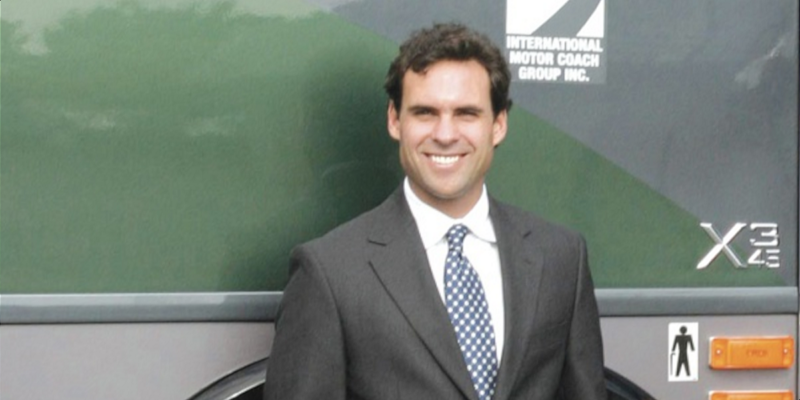By Daniel Massey
The United States Olympic Committee accepted one group’s invitation and rejected that of another for a tour of prospective Queens Olympic sites Sunday.
As an NYC2012 team took members of the committee to the proposed location of an Olympic Village in Hunters Point and the U.S. Tennis Center in Flushing, rebuffed members of the Queens Civic Congress were left to protest alone in the shadows of the giant Unisphere against organizer’s plans to use parts of Flushing Meadows Corona Park for flatwater canoeing, rowing and slalom canoeing events.
At a news conference, QCC President Patricia Dolan said that while the Olympics would be an exciting event for the city, the NYC2012 proposal to merge two freshwater lakes in Flushing Meadows would be disruptive to park users and ruin a state-protected wetland.
“The Olympic plan would destroy much of this park not for 17 days but permanently,” she said.
The NYC2012 proposal calls for the joining of Meadow and Willow lakes to form a 2,000-meter regatta center. Jewel Avenue, which runs between the two lakes, would be replaced by a suspension bridge. The project, which would cost $230 million, would include construction of jogging and bicycle trails around the lake, three new baseball fields, two new softball fields and two new soccer fields.
In addition, the Fountain of the Planets would be transformed into a 400-meter white-water facility that would remain open as an amusement park following the Olympics.
Dolan mocked NYC2012’s plan to build the white-water-rafting facility near the Unisphere, calling it a “great big Jacuzzi,” and said the construction of the rapids would encroach on recently renovated soccer, cricket and baseball fields.
But Jay Kriegel, executive director of NYC2012, insisted in a telephone interview Tuesday that the Olympics would only improve Flushing Meadows-Corona Park.
“There are people against everything,” he said. “But when people look at this and look at the facts, they begin to appreciate what this legacy can mean for the community.”
A study prepared for NYC2012 by the Gaia Institute, a Bronx-based environmental research, design and engineering firm, said the man-made lakes were designed with flaws that cause rampant pollution and limit its biodiversity.
The report identified only 37 species of plant life around Willow Lake, “an area which could support an estimated 300 to 400 species,” and “only six species of fish … whereas water bodies of this size should be capable of sustaining twice this number.”
In order to be used for competition, the lakes must be deepened to 3.5 meters. The report said the necessary dredging would remove many of the sediments that contribute to the poor water quality of the lakes today.
Dolan said the dredging would “destroy a state-protected wetland and put a rowing regatta in its place,” but Kriegel insisted extensive environmental reviews would have to be conducted by city, state and federal environmental experts before work could begin.
“These lakes are in terrible condition. They’re an embarrassment. They’re unhealthy,” he said. Gaia “proposed a plan to clean the lakes up and leave a great spectacular legacy in the park.”
The U.S. Olympic Committee concluded its trip to New York Monday, saying the city remained in serious contention to land the 2012 games. Houston, Washington, D.C. and San Francisco also are in the running for the organization’s nomination. A decision is expected Nov. 3 and the International Olympic Committee will choose the host nation in 2005.
Reach reporter Daniel Massey by e-mail at Timesledger@aol.com or call 229-0300, Ext. 156.







